We can't find the internet
Attempting to reconnect
Something went wrong!
Hang in there while we get back on track
Concurrency
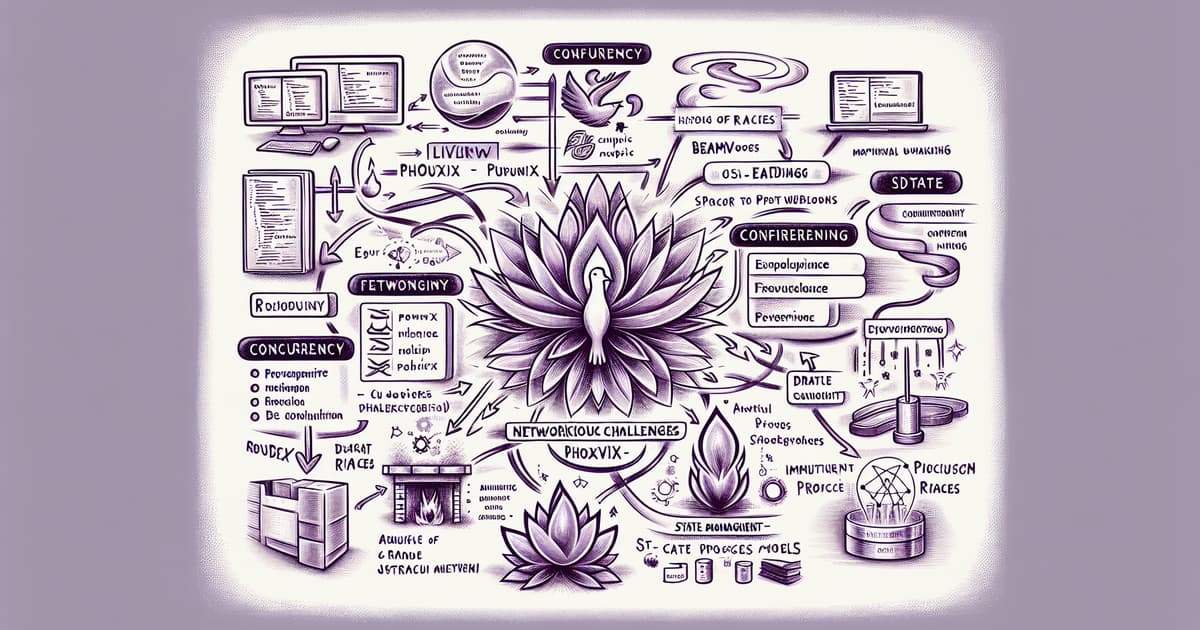
Elixir's proven capability in handling concurrent and distributed systems underpins many enthusiasts and experts' discussions. From web development with Phoenix and LiveView to handling networking challenges on the BEAM platform, Elixir manifests its strengths in various domains—precisely, concurrency infuses Elixir with versatility that applies to tasks ranging from real-time strategy games to handling TCP connections and building fault-tolerant systems. With platforms like LiveView, developers find a good balance of functionality and enjoyability in Elixir for complex applications. Elixir’s ecosystem also includes powerful tools such as Cachex for caching and Mint for HTTP requests—a testament to its growing library of resources.
Performance optimization is a key aspect within Elixir's domain. Insights into improving CPU performance and the architecture of BEAM illustrate Elixir's suitability for network applications and performance-critical tasks. Security is also a fundamental concern in software development, and Elixir addresses it head-on through its design that promotes safe concurrency and guards against data races. Strong concurrency primitives in Elixir, such as gen_statem and tasks, empower developers to build asynchronous workflows and manage state efficiently in their applications, thereby enhancing the robustness and scalability of systems.
Among advocates of Elixir is a shared recognition of the programming language's utility in diverse applications such as machine learning, mobile app development, and even traditionally difficult problems for the BEAM. Storytelling principles like 'Do Fun Things with Big, Loud Worker Bees' help developers grasp the core concepts embodied in Elixir's mental model. The language's growing machine learning ecosystem further symbolizes a ripe moment for developers to transition their projects to Elixir. Meanwhile, LiveView continues to push the boundary of real-time interactivity, with developers finding new ways to handle asynchronous operations within the Phoenix framework. Developers further appreciate Elixir's advantages in creating transactional systems with intrinsic fault tolerance and real-time processing capabilities.
A number of notable content creators, including José Valim, the creator of Elixir, emphasize the importance of education and the untapped potential of the BEAM, encouraging exploration beyond current applications. Valim's work on Livebook, a computational notebook for Elixir, integrates code, documentation, and visualizations—all achievable within a reproducible and functional programming environment. The principle of immutability, along with Elixir's process model, fosters a strong foundation for developers learning and working with the language. Conversations and knowledge-sharing within the community persist as key methods for unveiling the full potential of Elixir's concurrency model, as observed in various conferences and discussions among practitioners and experts within the ecosystem.
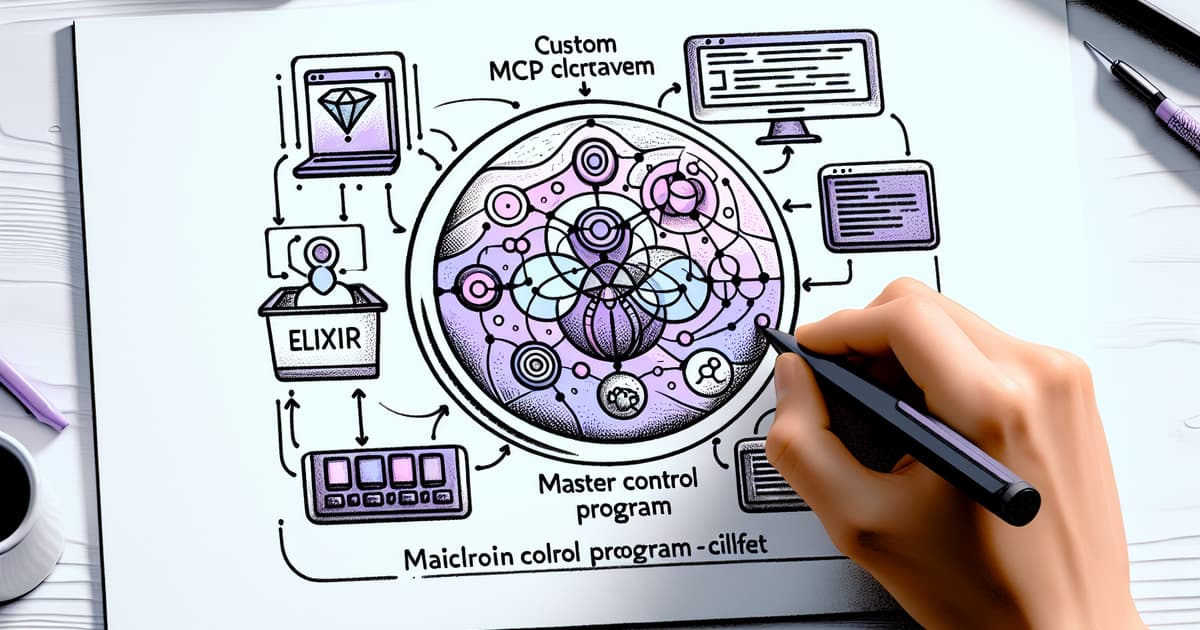
Creating a Custom MCP Client with Elixir for AI Tool-Calling
The author discusses the development of a custom MCP client in Elixir, detailing the transition from RAG to using agentic tool-calling in AI systems.

Exploring Concurrency in Erlang and Elixir
Saša Jurić discusses the strengths of Erlang and Elixir for building server-side systems, focusing on their concurrency models.
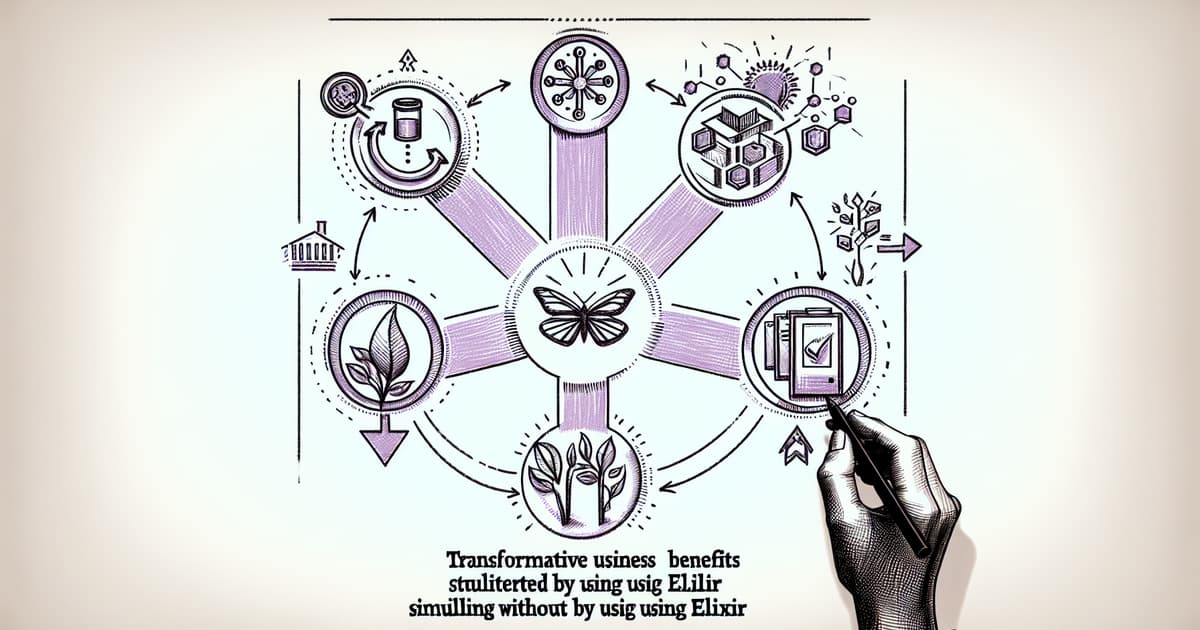
Five Transformative Business Benefits of Using Elixir
Erlang Solutions discusses how Elixir can improve business processes by reducing costs and boosting efficiency.

Transitioning from Ruby to Elixir: Key Insights for Developers
Oleg Ivanov shares his experiences moving from Ruby to Elixir, detailing the advantages of Elixir's concurrency model, immutability, and fault tolerance.

The Benefits of Using Elixir and Phoenix for Startup Development
The author discusses how Elixir and its web framework Phoenix are well-suited for startups aiming for rapid iteration and product/market fit.

Exploring Elixir and Erlang: A Personal Journey
The author shares their initial skepticism and subsequent excitement about Elixir and Erlang, highlighting their experiences transitioning from other programming languages and discovering the unique benefits of the BEAM ecosystem.
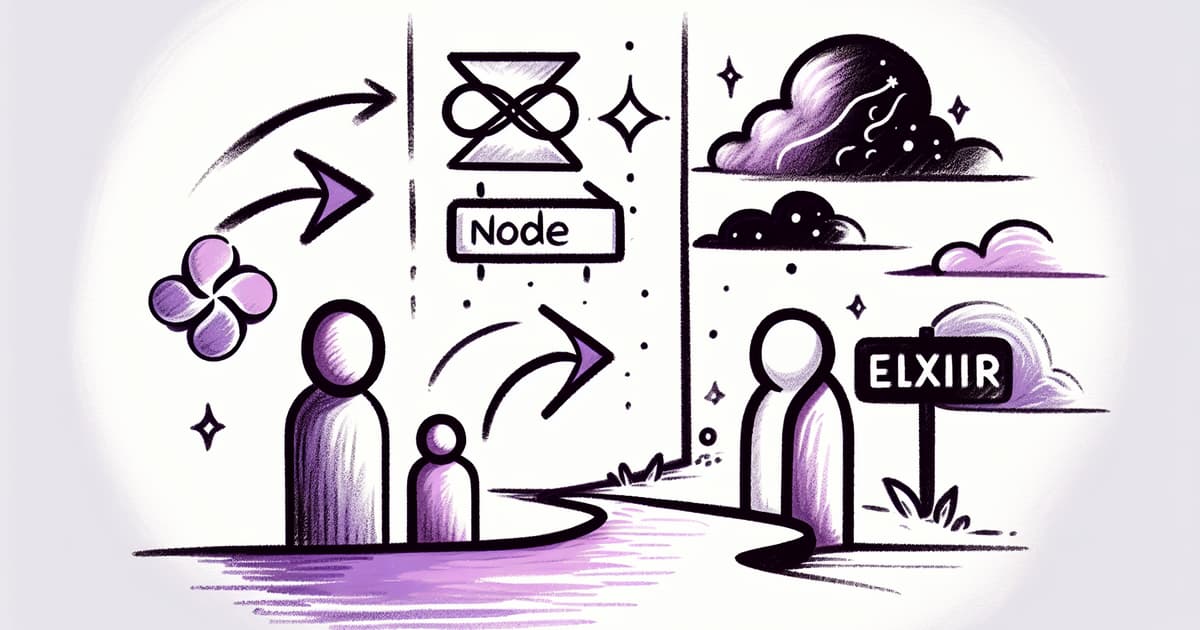
A NodeJS Developer's Journey to Discovering Elixir's Benefits
Dylan Moore discusses his transition from NodeJS to Elixir, highlighting the misconceptions he had about NodeJS and the advantages of Elixir.
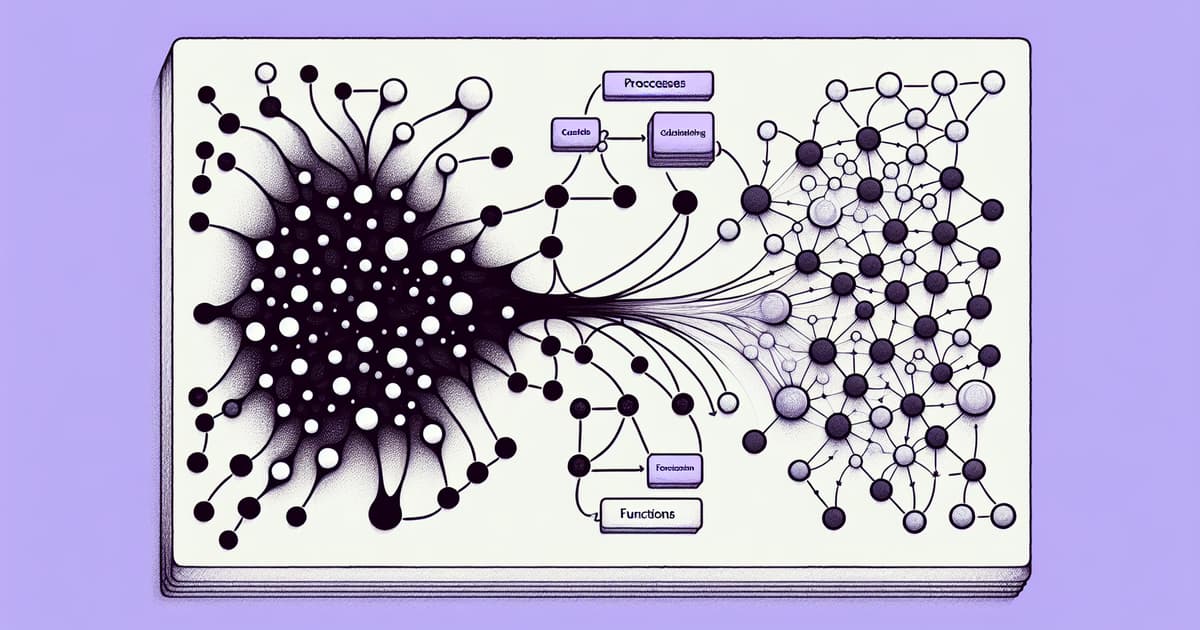
Managing State in Elixir: Processes vs. Functions
Saša Jurić discusses the balance between using processes and functions in Elixir for managing state, emphasizing that processes should address runtime concerns while functions should handle logical concerns.

Exploring OTP and Key Concepts for Effective Application Development in Elixir
In this presentation by Alvaro Callero at ElixirConf US 2024, the focus is on the fundamental concepts of Elixir processes, Behaviours, Agents, Tasks, and GenServers, emphasizing their importance for concurrency and fault tolerance in application development.

Efficient Data Processing in a Monolithic System
In this session, Brian Meeker discusses addressing scaling challenges at GetThru by creating a new concurrent, multi-stage data processing pipeline within their existing infrastructure.

Exploring the Gleam Programming Language: A Path to Type-Safe Systems
In this presentation, Giacomo Cavalieri discusses Gleam, a language designed for building type-safe systems that scale. He introduces its design philosophy, the concept of friendliness in programming languages, and its capabilities in creating concurrent and fault-tolerant systems.

Strategies for Effectively Testing GenServers in Elixir
This article explores proper design and testing methodologies for GenServers in Elixir, addressing common pitfalls and offering strategies to simplify testing.

Creating a Distributed Pooling API in Elixir
Samrat Man Singh discusses how to implement a distributed pooling system in Elixir, leveraging the FLAME API for an intuitive interface.

Transforming a Vintage Rotary Phone into a Modern Cell Phone with Nerves and Elixir
In this episode, Bryan Green discusses how he repurposed a 1930s rotary phone into a cell phone using Elixir and Nerves, highlighting the project's challenges and successes.

Transforming a Rotary Phone into a Cell Phone with Elixir and Nerves
In this episode, Bryan Green shares his journey of converting a 1930s rotary phone into a fully functional cell phone using Elixir, Nerves, and various hardware components.

Creating a Multi-Process Interval Timer in Elixir
James Carr presents a tutorial on how to write a multi-process interval timer using Elixir, detailing the setup of a GenServer to manage concurrent tasks.

Understanding Immutability in Elixir Programming
Zach Daniel discusses how immutability in Elixir differs from mutability in languages like JavaScript, emphasizing the importance of mutation and observation in programming.

Controlling Concurrency of HTTP Requests in Phoenix API
skwyckl presents a challenge faced when the Phoenix API is overwhelmed by simultaneous requests, leading to errors with Ecto and Postgrex.

Issues with Concurrent Submissions in Remix Framework
José Valim discusses the flaws in Remix's handling of concurrent submissions and revalidation, suggesting that it leads to race conditions and stale data issues.

Exploring Gleam Language Through a Hands-On Project
An introductory experience with the Gleam programming language, including project setup, dependencies, and concurrency.

Exploring the Influences Behind Elixir
Flora Petterson presents a tour of the programming languages and historical developments leading to Elixir, drawing parallels between technological evolution and her favorite singer's tour.

Considerations for Using Elixir or Erlang to Code a DNS Server
fosres asks whether to use Elixir or Erlang to code a DNS server, noting the strengths of the BEAM virtual machine in fault tolerance, and seeks recommendations for which language is more suitable.

Notable Companies Utilizing Elixir for Various Applications
Freshcode highlights seven prominent companies leveraging Elixir to build scalable, high-performance applications.

Introduction to Elixir: Key Reasons to Choose This Dynamic Language
This article presents an introduction to Elixir, explaining its creation, core strengths, use cases, and features.

Efficient use of Concurrency in Elixir for Task Management
Tracey Onim discusses the concept of concurrency in Elixir and how to manage multiple tasks efficiently using the Task module.

The Symbiotic Relationship Between Erlang and Elixir Explored
Francesco Cesarini and Andrea Leopardi discuss the interdependence of Erlang and Elixir, detailing how each language has contributed to the success and evolution of the other.

An In-Depth Comparison of Concurrency in Go and Elixir
Julian presents a detailed comparison between concurrency models in Go and Elixir during a Melbourne Elixir Meetup.
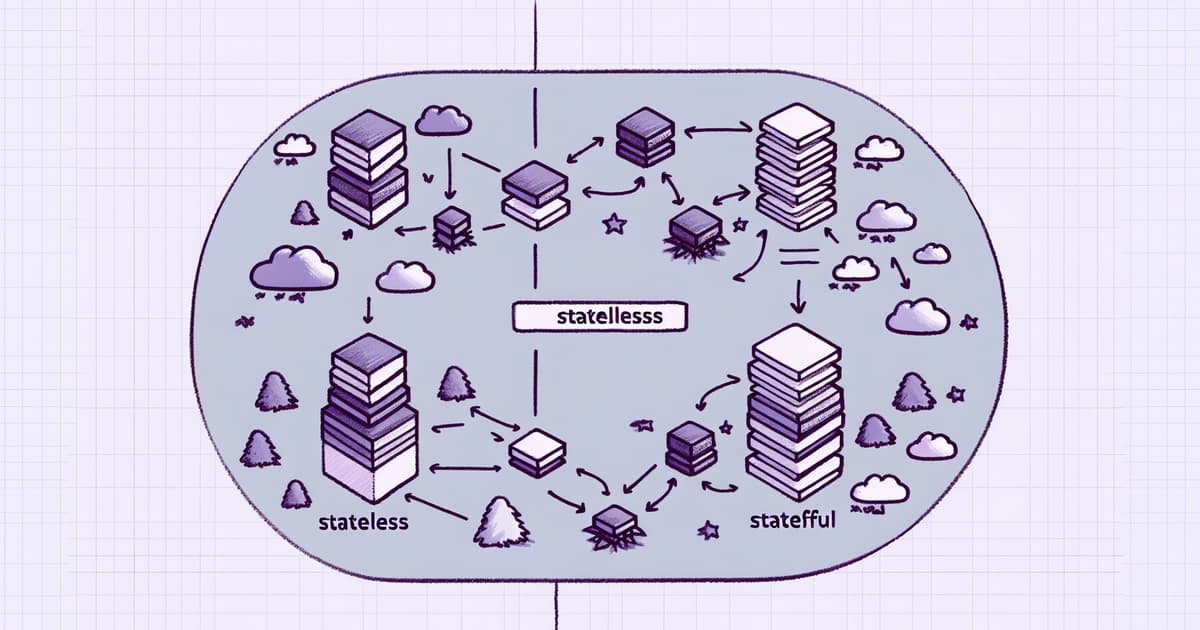
Comparing Stateless and Stateful Web Applications
George Guimarães: Discusses the differences between stateless and stateful web applications, emphasizing the deployment and concurrency challenges of each approach, particularly in the context of Phoenix and Rails frameworks.

The Role of Functional Programming in Erlang and Elixir for Robust and Maintainable Systems
José Valim discusses how functional programming is a means to build distributed, fault-tolerant applications using Erlang and Elixir.

Common Fallacies in Web Application Performance
José Valim discusses various misconceptions about web application performance, emphasizing the importance of considering performance beyond just production and highlighting the benefits of using Elixir.
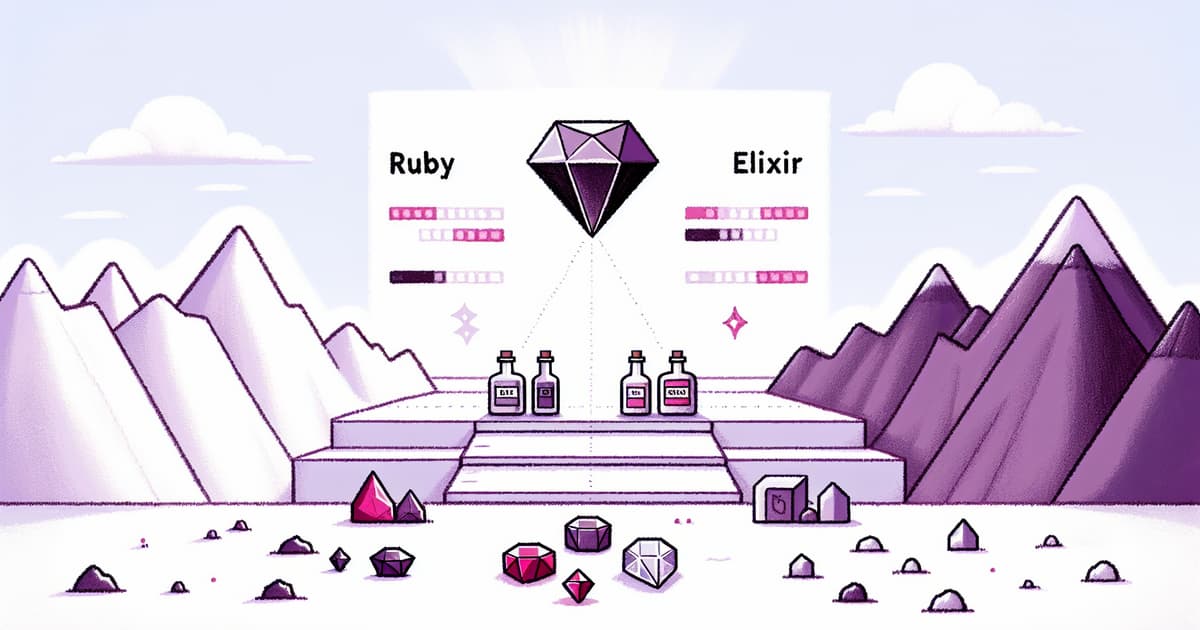
Comparing Ruby and Elixir: A Detailed Analysis
This comprehensive guide compares the Ruby and Elixir programming languages, exploring their histories, strengths, differences, and use cases. It provides a thorough analysis to help developers decide which language fits their needs better.

An Insight into Elixir’s Practical Applications in Production
Mark Ericksen discusses his experiences with Elixir projects from development to deployment.

Interview with Meryl Dakin on Token Alchemist and Elixir Internals
In this episode, Meryl Dakin, Software Engineer at Flatiron School, discusses her journey with Elixir, transitioning from Ruby, and exploring the internals of her project Token Alchemist in an educational context.

Discussion on Elixir Education with Sean Callan and Steven Nunez
Meryl Dakin and Sophie DeBenedetto host an Elixir Wizards podcast episode featuring Sean Callan and Steven Nunez, discussing the benefits and challenges of Elixir education.
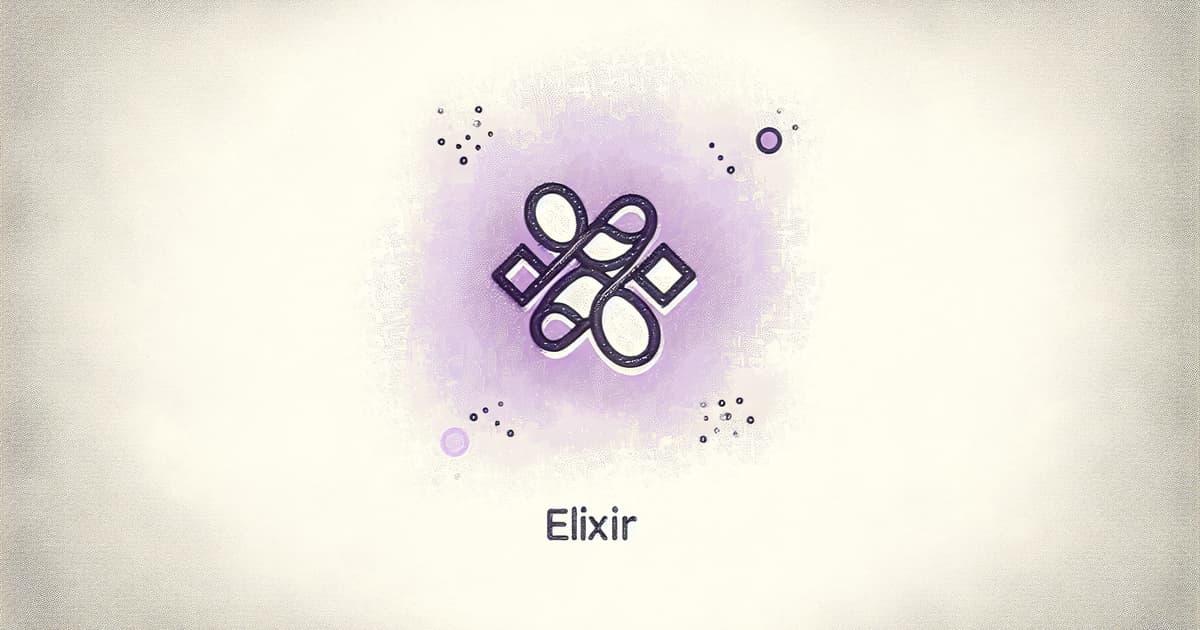
Introduction of Elixir at Spotify
Joel Kemp discusses how he introduced Elixir at Spotify, addressing concurrency problems and overcoming internal resistance.

Exploring Elixir Concurrency for Project Needs
HarrisInDenver is seeking advice on how Elixir's concurrency model might fit the needs of their project, which currently uses NodeJS and faces scaling and reliability issues.

Experiences and Insights Working with Elixir
_MMCXII asks about Elixir's capabilities and suitability for various tasks, including reasons to choose or avoid it and personal experiences from users.
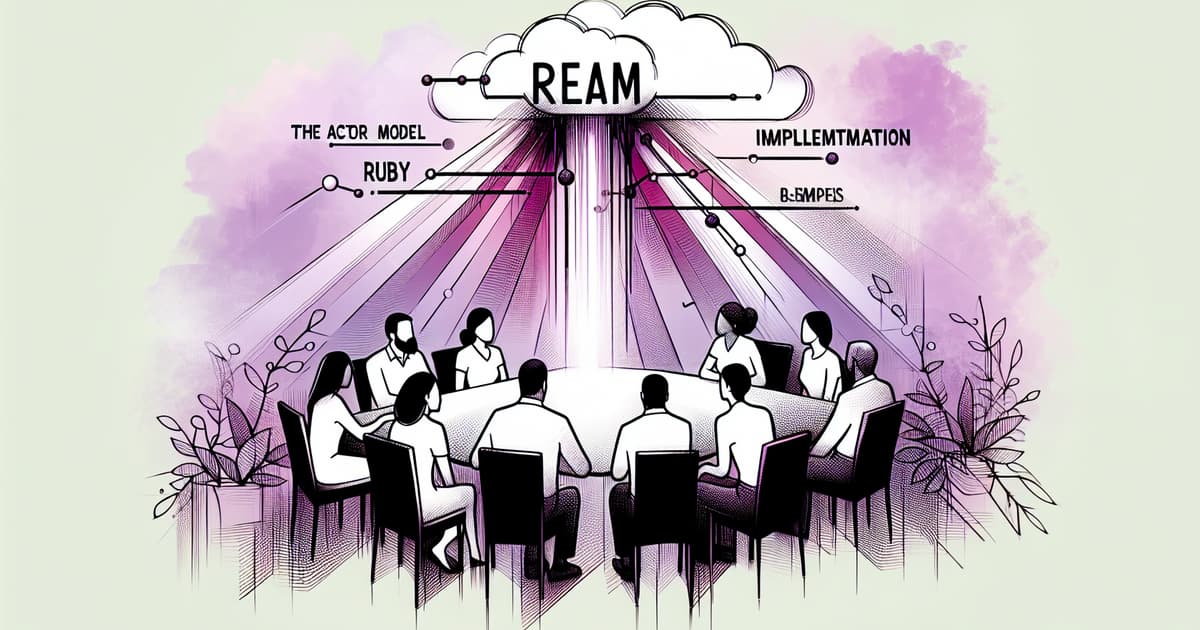
Discussion on Ruby's Actor Model Implementation and the BEAM
Steven Nunez discusses Ruby's new actor model implementation, its strengths, and areas where it can learn from the BEAM. The episode features a guest appearance from the show’s youngest listener.

Discussing Protocols in Elixir with Yiming Chen from Tubi
In this episode, Yiming Chen from Tubi discusses his experience with Elixir protocols, his contributions to the Elixir community, and the development of the Promox testing framework.

Overview of Honeycomb, an Elixir concurrency library
Hentioe presents an Elixir library called Honeycomb that specializes in executing asynchronous tasks with emphasis on concurrency control and batch result preservation.

Livebook Exploration of Elixir for AI and Web Applications
José Valim, the creator of the Elixir programming language, delivered a presentation on Elixir and the Erlang VM, showcasing their capabilities through Livebook. He demonstrated the power of Elixir for managing concurrent processes, functional programming benefits, and building scalable, fault-tolerant systems. Valim also included a live coding session where a simple web application that predicts text sentiment using AI was developed within Livebook.

Exploring the Benefits of Elixir for Everyday Web Development
Dave Mays is curious about the Elixir language for web development and is weighing the advantages of its concurrency for everyday web applications against other languages such as Clojure.

The Evolution of the BEAM Virtual Machine and Mastering Concurrency
Erik Stenman provides an overview of the BEAM virtual machine's 30-year evolution, highlighting its reliable concurrency model and how it shaped robust, fault-tolerant systems. He shares experiences from Klarna, showcasing BEAM's ability to support concurrent programming efficiently.

Design considerations for modeling real-world entities as actors in Elixir
Sexy-Swordfish shares their thoughts on designing an actor-based system in Elixir to represent real-world entities in complex applications, using examples from social networks and telephony systems.

Insight into Erlang's Scheduler Functionality
Erlang is known for its fault tolerance and ability to handle high concurrency through an efficient scheduler. This article explores the details of the Erlang scheduler, which is instrumental in process management for the Erlang virtual machine (BEAM).

Enhancing Distributed Systems Programming
Mae Milano presents ideas for improving distributed systems programming by integrating concepts from programming languages into system design, aimed at reducing common errors and enhancing the effectiveness of programming at scale.

Understanding Elixir's Beautiful Abstractions and Frameworks
Bruce Tate delivers a keynote discussing how Elixir's frameworks and tools like Nerves, LiveView, NX, and LiveBook provide a natural and coherent development experience. He explores OTP behaviors, the use of macros in Phoenix and LiveView, and the overall elegance of Elixir's tooling in managing complexity and concurrency.

Growing BEAM Ecosystem Through Phoenix LiveView
Sophie DeBenedetto discusses the impact of Phoenix LiveView on broader adoption of the BEAM ecosystem.

Guide to Creating ETL Pipelines Using Elixir and GenStage
Osman Perviz explores the use of Elixir's GenStage for creating efficient concurrent ETL (Extract, Transform, Load) pipelines, highlighting Elixir’s asynchronous capabilities and the benefits of GenStage over traditional single-threading and multi-threading approaches.

Discussion with Gleam Language Core Team
The BeamRadio episode features a discussion with Gleam's core team members Louis Pilford and Hayleigh Thompson.
© HashMerge 2025